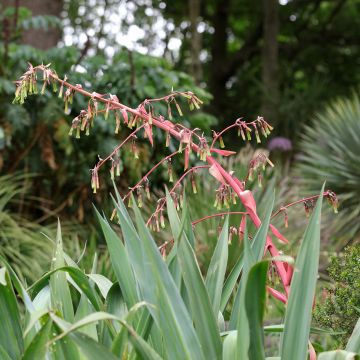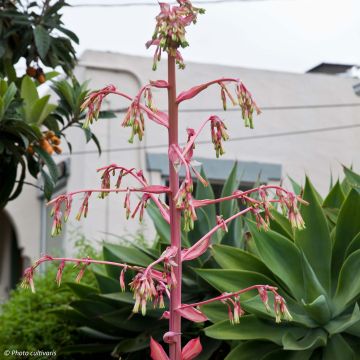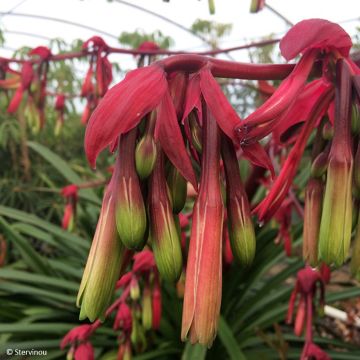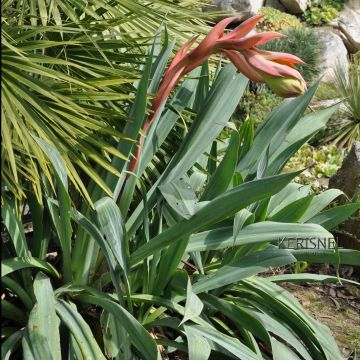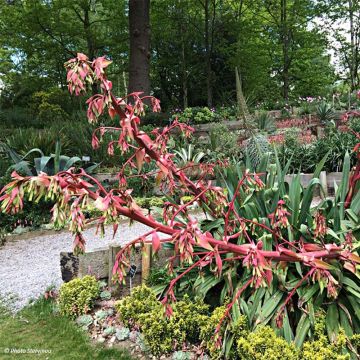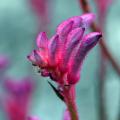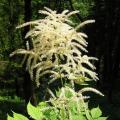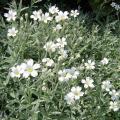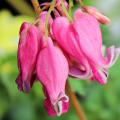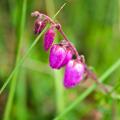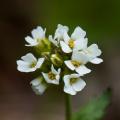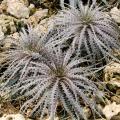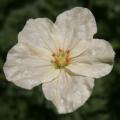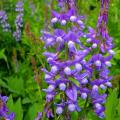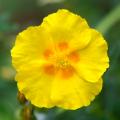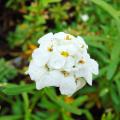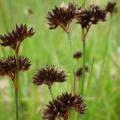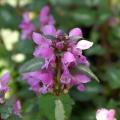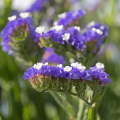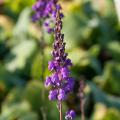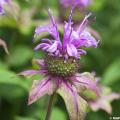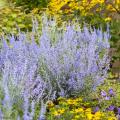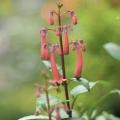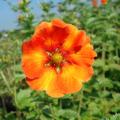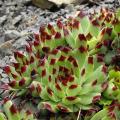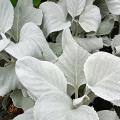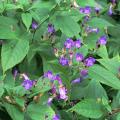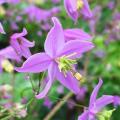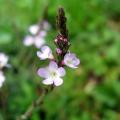Beschorneria
Does this plant fit my garden? Set up your Plantfit profile →
Available in 1 sizes
Available in 1 sizes
Available in 1 sizes
Available in 1 sizes
Available in 1 sizes
Beschorneria is a very beautiful exotic and succulent plant with the appearance of a yucca, forming a clump of ribbon-like leaves but flexible, without spines and slightly bluish. Its superb rosette highlights spectacular flowering in large coral flower spikes. The most prominent among this giant herbaceous plant of Mexican origin is Beschorneria yuccoides, hardy down to -8/-10°C and resistant to drought, praised by gardeners in Atlantic and Mediterranean regions. A close relative of agaves, Beschorneria also belongs to the Asparagaceae or Agavaceae family. This genus, worth discovering, includes ten different species that work wonders in exotic gardens in mild climates. Less well-known, but also more hardy, Beschorneria septentrionalis tolerates short frosts of around -15 °C in well-drained soil, and can therefore venture further inland. Beschornerias, spectacular and stylish plants, are rather easy to grow in light and well-drained soil. In the garden, they accompany more classic perennial plants such as perennial geraniums or daylilies. In rockeries, they are liked to be associated with silvery ground cover plants such as candytuft or Nepeta. Finally, know that they adapt well to cultivation in large pots, allowing you to enjoy their architectural silhouette while protecting them from heavy frosts in winter.
Haven't found what you were looking for?







































